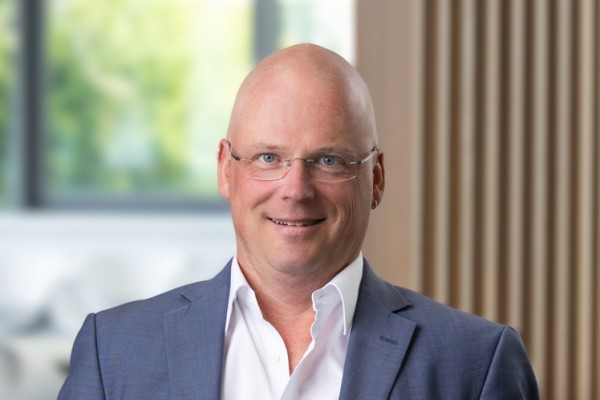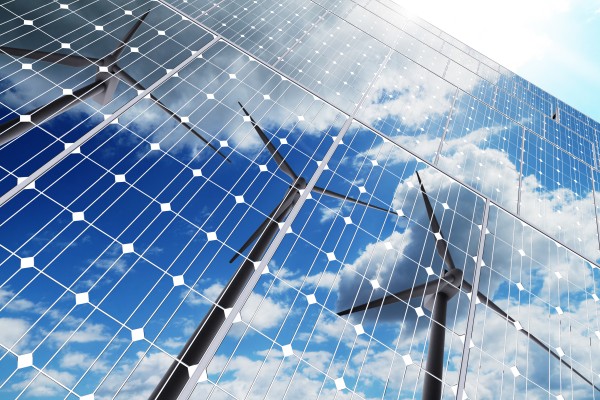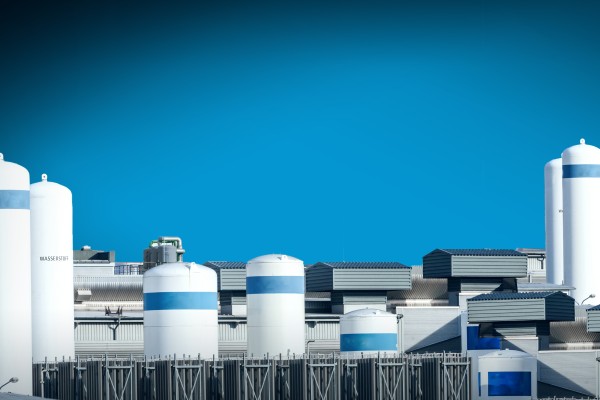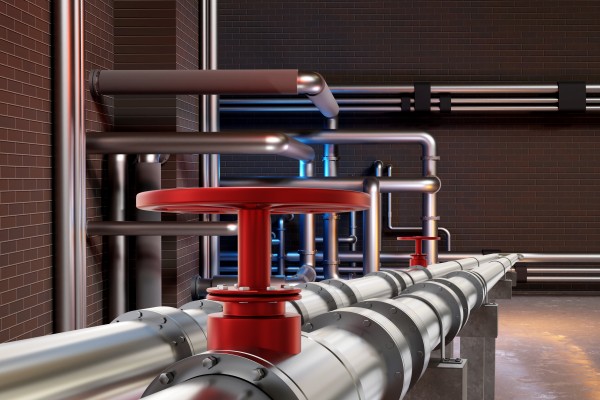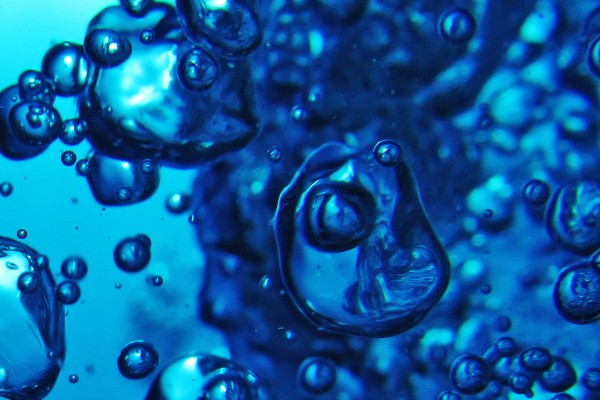Alkaline and solid oxide electrolysis are two alternative technologies, whereas proton exchange membrane (PEM) electrolysis is increasingly gaining traction. It is expected that PEM electrolysis will play an important role in the transition towards a hydrogen economy.
Due to their excellent dynamic response time PEM electrolyzers are a perfect solution for storing curtailed, excessive renewable energy. Moreover, the advantage of high current density operation allows production of more Hydrogen from smaller set-ups compared to alkaline electrolysis. Due to the high-pressure outlet of hydrogen, PEM electrolyzer technologies are directly connectable to gas stations.
The production of green hydrogen through PEM electrolysis of water is a very suitable concept to enable storage, transportation and deployment of the produced renewable energy. Scale-up and cost reduction of green hydrogen represent the essential steps towards reducing the world´s carbon dioxide footprint.



